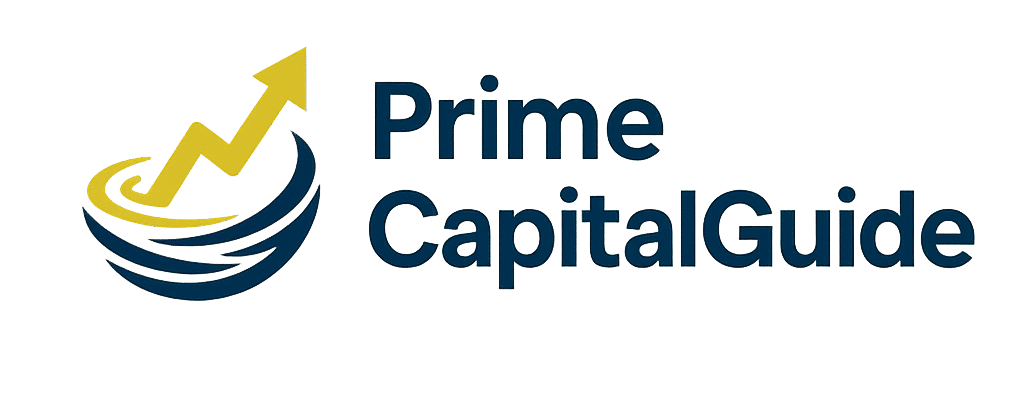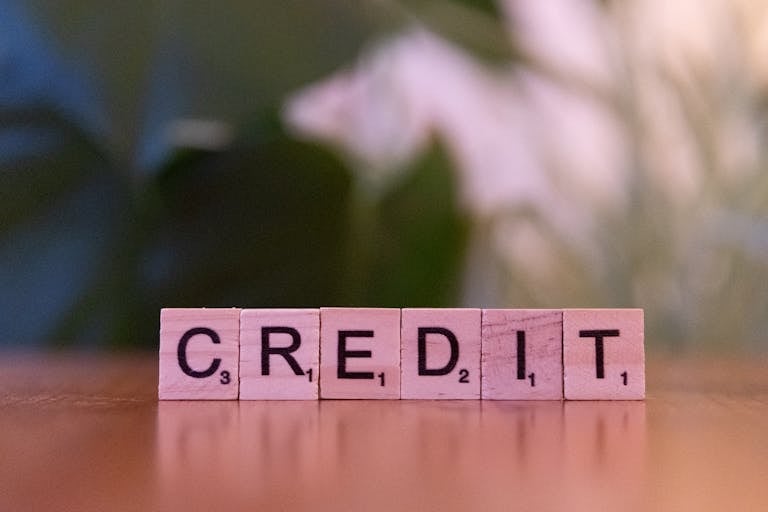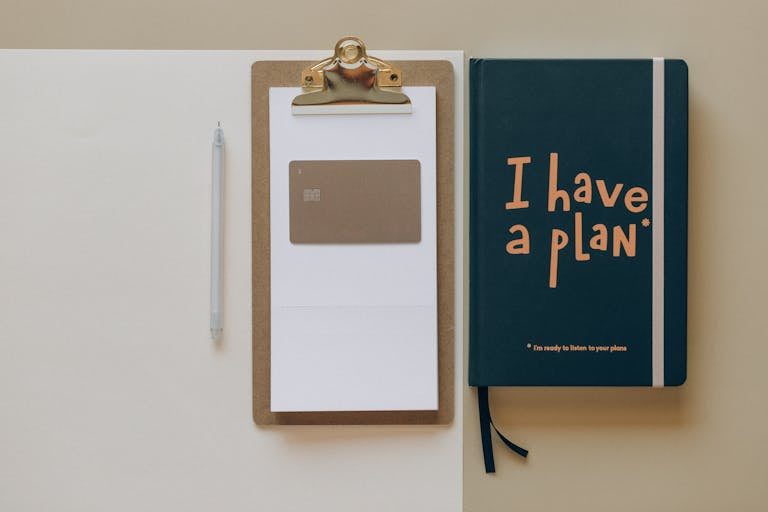The Definitive Credit Score Playbook: Build, Fix, and Maximize Your Credit (2025)
Download Your Free Resources:
🔹 Credit Score Improvement Checklist (PDF)
🔹 Credit Dispute Letter Templates (DOC)
🔹 Credit Monitoring Spreadsheet (XLS)
Your credit score playbook impacts mortgage rates, car loans, insurance premiums, and even job opportunities. This 5,000+ word guide covers everything from credit basics to advanced repair strategies—with free tools to fast-track your progress.
Table of Contents
- What Is a Credit Score? (FICO vs. VantageScore)
- Credit Score Ranges: Poor to Excellent
- The 5 Factors That Determine Your Score
- How to Check Your Credit Score for Free
- How to Build Credit From Scratch
- How to Fix Bad Credit (Step-by-Step)
- Credit Repair Companies: Legit or Scam?
- Credit Card Hacks to Boost Your Score
- How to Get a Mortgage With a 700+ Score
- Credit Score Myths Debunked
- Pro Tips From Credit Experts
1. What Is a Credit Score? (FICO vs. VantageScore)
According to the CFPB, a credit score predicts your likelihood of repaying debt. The two major models are:
| FICO Score | VantageScore |
|---|---|
| Used by 90% of lenders (FICO) | Used by Credit Karma (VantageScore) |
| Range: 300-850 | Range: 300-850 |
| Weights payment history at 35% | Weights “total credit usage” more heavily |
2. Credit Score Ranges: Poor to Excellent
Based on Experian’s data:
- 300-579: Poor (High-risk borrower)
- 580-669: Fair (Subprime rates)
- 670-739: Good (Average rates)
- 740-799: Very Good (Low rates)
- 800-850: Excellent (Best rates)
Key Stat: A 720+ score saves $50,000+ on a 30-year mortgage vs. a 620 score (Freddie Mac).
3. The 5 Factors That Determine Your Score
Understanding exactly how your FICO Score is calculated is the first step to mastering it. The FICO scoring model breaks down into five key components, each with a different weight.
| Factor | Weight | What It Means | Pro Tip |
|---|---|---|---|
| Payment History | 35% | Your track record of making on-time payments for credit cards, loans, and other bills. | Set up autopay for the minimum payment to never miss a due date. |
| Amounts Owed (Credit Utilization) | 30% | The amount of credit you’re using compared to your total available credit limits. Calculated per card and overall. | Keep your total utilization below 30%, but aim for under 10% for the best scores. |
| Length of Credit History | 15% | The average age of all your accounts, plus the age of your oldest and newest accounts. | Don’t close your oldest credit card, even if you don’t use it often. |
| Credit Mix | 10% | The variety of credit accounts you have, such as credit cards, installment loans, mortgages, etc. | Don’t take out a loan you don’t need just for credit mix. It’s a minor factor. |
| New Credit | 10% | The number of recent “hard inquiries” from applying for credit and the number of new accounts opened. | Space out credit applications by at least 6 months to minimize the impact. |
Key Takeaway: Focus your energy on Payment History and Credit Utilization, which together make up 65% of your score. Perfecting these two areas will yield the fastest and most significant results.
4. How to Check Your Credit Score Playbook for Free
You don’t need to pay to monitor your credit. By law, you have access to free resources. The Fair Credit Reporting Act (FCRA) entitles you to one free credit report from each bureau every 12 months. The official site is AnnualCreditReport.com.
Free Credit Report Sources:
- AnnualCreditReport.com: The only federally mandated source. You can now request free weekly reports from Equifax, Experian, and TransUnion.
- Credit Card Benefits: Many cards like Capital One (CreditWise) and Discover provide free VantageScore 3.0 updates, often with weekly refreshes.
- Credit Monitoring Services:
- Credit Karma: Provides free VantageScore 3.0 from Equifax and TransUnion.
- Credit Sesame: Offers a free VantageScore and basic monitoring.
- Experian Free Credit Monitoring: Provides your free FICO Score 8 based on your Experian data.
Important: Your report does not automatically include your score. The free reports show your history, which is what you use to check for errors. The scores are often offered as a separate, free bonus by the services above.
5. How to Build Credit From Scratch
If you have a “thin file” (little to no credit history), you need to prove your creditworthiness. Lenders can’t take a risk on you if they have no data. Here are the most effective ways to start building.
Become an Authorized User
Ask a family member with a long history of on-time payments on a credit card to add you as an authorized user. Their positive payment history on that account can be added to your credit file, giving you an instant boost. Caution: Ensure the primary user has good habits, as their mistakes will also hurt you.
Get a Secured Credit Card
This is the most common and effective tool for building credit. You provide a cash deposit (e.g., $200-$500) that acts as your credit line. The bank takes no risk, so approvals are easy. After 6-12 months of on-time payments, most issuers will “graduate” you to an unsecured card and return your deposit.
- Top Picks: Capital One Secured, Discover it® Secured (offers cash back!).
Apply for a Credit-Builder Loan
This is a loan designed solely to build credit. The lender places the loan amount (e.g., $1,000) into a locked savings account. You make fixed monthly payments over 6-24 months. Once the loan is fully paid, you get the money back, and the positive payment history is reported to the credit bureaus.
- Top Picks: Self, Credit Karma Offers.
Use Alternative Data Services
Services like Experian Boost™ can add positive payment history for utility bills, streaming services, and phone bills to your Experian credit file for free, potentially giving your score an immediate lift.
6. How to Fix Bad Credit (Step-by-Step)
Fixing bad credit is a process of correction and patience. Follow this step-by-step guide.
Step 1: Get Your Reports and Identify the Damage
Go to AnnualCreditReport.com and pull reports from all three bureaus. Scan every account for negative items: late payments, collections, charge-offs, bankruptcies, and errors.
Step 2: Dispute Errors
The FCRA gives you the right to dispute inaccurate information. You can dispute online, by mail, or by phone. Dispute by mail is often most effective. Use our dispute letter templates to formally request verification and removal of incorrect items.
Step 3: Tackle Negative Items
- Late Payments: If recent, call the lender and ask for a goodwill adjustment. Politely explain the situation and request they remove the late mark as a courtesy.
- Collections: Negotiate a “pay for delete”. Before paying, get in writing that the collector will remove the collection account from your credit report entirely in exchange for payment. If they refuse, weigh the benefit of paying it (it will still hurt but show as “paid”) vs. leaving it unpaid.
- Charge-Offs: These are severely damaging. Negotiate to pay the settled amount in exchange for updating the status to “paid charge-off” or, ideally, removing it.
Step 4: Add Positive Information
While cleaning up negatives, simultaneously build new, positive history using the methods in the “Build Credit From Scratch” section above. A secured card or credit-builder loan can show lenders you’re now managing credit responsibly.
Step 5: Practice Patience and Monitor
Most negative items have a maximum lifespan of 7 years (10 for bankruptcy). Their impact lessens over time. Use our credit tracker spreadsheet to monitor your progress and ensure disputed items don’t reappear.
7. Credit Repair Companies: Legit or Scam?
The credit repair industry is riddled with both legitimate operators and outright scams. The Credit Repair Organizations Act (CROA) regulates them, but enforcement is key.
Red Flags of a Scam:
- Demands upfront payment before any services are rendered (illegal under CROA).
- Promises to remove accurate, negative information from your report.
- Tells you not to contact the credit bureaus directly.
- Creates a new “credit identity” or uses an EIN instead of your SSN (this is illegal).
- Has no physical address or is evasive about their methods.
What Legitimate Companies Do:
They do exactly what you could do yourself: they review your reports, identify questionable items, and file disputes on your behalf with the credit bureaus and creditors. They charge a monthly fee (e.g., $79-$129/month) for this service.
Verdict: While not technically scams, legitimate credit repair companies charge a high fee for a service you can do for free. The process is simple but time-consuming. If you have the time, DIY credit repair is always the best and cheapest option. If you are overwhelmed or have complex issues (e.g., mixed files, identity theft), a reputable company might be worth the cost.
8. Credit Card Hacks to Boost Your Score
Beyond just paying on time, strategic use of credit cards can optimize your score.
1. The AZEO Method (All Zero Except One)
For the biggest scoring boost before applying for a major loan, use the AZEO method:
- Pay off ALL your credit cards to a $0 balance before the statement closing date.
- Let a small, non-zero balance (ideally under 10% utilization) report on ONE card only.
- This shows active use while maximizing your score by reporting 0% utilization on most accounts.
2. Ask for Credit Limit Increases
A higher credit limit automatically lowers your overall credit utilization ratio, which can boost your score. If your income has increased or you’ve had the card for a while, call your issuer and ask for a soft-pull credit limit increase (meaning it won’t cause a hard inquiry).
3. Strategic Card Upgrades/Downgrades
Instead of closing an old, unused card (which can hurt your average age of accounts), call your issuer and ask to product change it to a no-annual-fee version. This keeps the account history alive without costing you money.
4. Use Balance Alerts
Set up balance alerts through your card’s app to notify you when your balance reaches a certain threshold (e.g., 10% of your limit). This helps you manage utilization manually.
9. How to Get a Mortgage With a 700+ Score
A 700 FICO Score is a common benchmark for qualifying for a conventional mortgage and getting decent rates. Here’s how to get there and secure your loan.
Mortgage-Specific Tips:
- Check All Three Bureau Scores: Mortgage lenders often use a tri-merge report and take the middle score. If your scores are 720 (Equifax), 695 (Experian), and 710 (TransUnion), they will use 710. You need to improve the lowest score.
- Avoid New Credit: Do NOT open new credit cards or take out any new loans in the 6-12 months before applying for a mortgage. The hard inquiries and lower average age of accounts can hurt your score.
- Pay Down Balances: Get your credit utilization as low as possible across all cards. Ideally, get it under 10% before your application.
- Don’t Close Accounts: Closing a card right before applying can hurt your utilization ratio and average age of accounts.
- Get a Rapid Rescore: If you’ve paid down debts or had errors corrected, ask your mortgage lender about a rapid rescore. For a fee, they can work with the bureaus to update your report and score in days, not months.
Resource: Use the FICO Loan Savings Calculator to see how much a higher score can save you on a mortgage.
10. Credit Score Myths Debunked
Let’s clear up common misinformation that can derail your credit progress.
- Myth 1: Checking your own credit hurts your score.
Truth: Checking your own credit results in a “soft inquiry,” which does not affect your score at all. - Myth 2: You need to carry a credit card balance to build credit.
Truth: This is 100% false. You can (and should) pay your balance in full every month to avoid interest charges. The positive payment history is still reported. - Myth 3: Closing a credit card will remove its history from your report.
Truth: A closed account in good standing will stay on your report for 10 years and continue to help your average age of accounts. The immediate harm is reducing your total available credit, which can spike your utilization ratio. - Myth 4: Debt settlement is the same as bankruptcy.
Truth: Settling a debt for less than you owe will hurt your score, but it is not as severe as a bankruptcy, which remains on your report for up to 10 years. - Myth 5: All credit scores are the same.
Truth: There are dozens of scoring models. The score your credit card gives you (often a VantageScore) is likely different from the FICO Score a mortgage lender will pull.
11. Pro Tips From Credit Experts
- “Treat your credit report like a monthly bill. Review it for errors consistently.” – John Ulzheimer, former FICO & Equifax analyst.
- “The fastest way to improve your score is to aggressively pay down revolving debt.” – Liz Weston, Certified Financial Planner and columnist.
- “If you have a late payment, a ‘goodwill letter’ to the executive office is your best first step, not a dispute.” – Credit Forum Pro Tip.
- “Freeze your credit with all three bureaus. It’s the single best defense against identity theft and it’s free.” – Advice from the FTC.
🔹 Download: Credit Score Improvement Checklist (PDF)
👉 Download Here – A step-by-step 30-day action plan.
🔹 Download: Credit Dispute Letter Templates (DOC)
👉 Download Here – 5 ready-to-use templates for removing late payments, collections, and errors.
🔹 Download: Credit Monitoring Spreadsheet (XLS)
👉 Download Here – Track your score, accounts, and disputes.
🔹 Download: Credit Score Improvement Checklist (PDF)
👉 Download Here – A step-by-step 30-day action plan.
🔹 Download: Credit Dispute Letter Templates (DOC)
👉 Download Here – 5 ready-to-use templates for removing late payments, collections, and errors.
🔹 Download: Credit Monitoring Spreadsheet (XLS)
👉 Download Here – Track your score, accounts, and disputes.
12. Video Tutorials
How to Read Your Credit Report (Step-by-Step)
Disputing Credit Errors Like a Pro
Credit Card Utilization Tricks
13. Real-Life Case Studies
Case Study #1: From 520 to 720 in 12 Months
Background: Sarah, 28, had $8,000 in collections and 3 late payments.
Strategy:
- Used our dispute letters to remove 2 collections
- Became an authorized user on her father’s card (15-year perfect history)
- Opened a secured card with $300 deposit
Results: 200-point increase, approved for $250K mortgage
Case Study #2: Building Credit From Nothing
Background: James, 19, had no credit history.
Strategy:
- Started with a Self credit-builder loan
- Added to utility bills via Experian Boost
- Got first card (Capital One Platinum, $300 limit)
Results: 680 score in 8 months
Case Study #3: Business Owner’s Credit Rescue
Background: Maria’s biz credit was dragging down personal score.
Strategy:
- Separated biz/personal credit with EIN
- Used Dun & Bradstreet to build biz file
- Negotiated pay-for-delete on old liens
Results: Personal score jumped from 590 to 740 in 16 months
🔹 Download: Credit Score Improvement Checklist (PDF)
👉 Download Here – A step-by-step 30-day action plan.
🔹 Download: Credit Dispute Letter Templates (DOC)
👉 Download Here – 5 ready-to-use templates for removing late payments, collections, and errors.
🔹 Download: Credit Monitoring Spreadsheet (XLS)
👉 Download Here – Track your score, accounts, and disputes.
Final Thoughts
Improving your credit score is a marathon, not a sprint. Use the free resources above, watch the video tutorials, and learn from real case studies. Consistency is key.
What’s your #1 credit question right now? Ask in the comments below!







